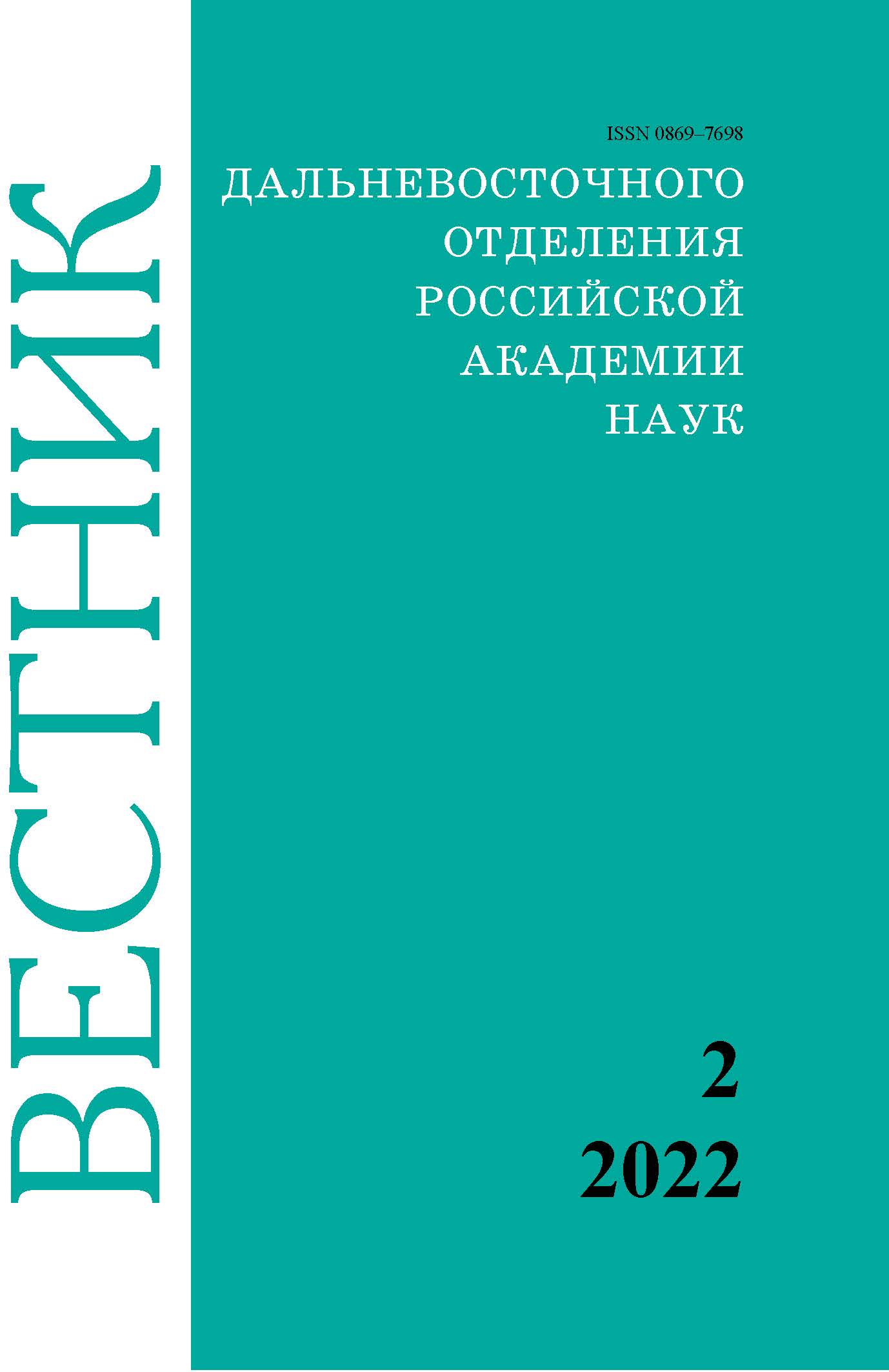Content, composition and thermal stability of anthocyanin dye obtained from berry raw materials
Keywords:
dyes, heat treatment, juice fraction, cowberry, raspberry, cranberry, red currantAbstract
In this work, studies were carried out on the most complete extraction of the natural complex of coloring substances, the study of their content, composition and the identification of thermal stability in order to use them in food formulations. At the initial stage of research, enzymatic hydrolysis of crushed berry raw materials was carried out under optimal (experimentally established) conditions with the addition of enzyme preparations in the form of multiexim compositions, the ratio and dosage of which was determined experimentally. The use of biocatalysts makes it possible to increase the yield of anthocyanin substances in the enzymatic
juice fraction for all berries, in comparison with the juice (control) obtained under the same conditions, but without the processing of berry raw materials with enzyme preparations.
At the stage of obtaining the juice fraction, anthocyanins were analyzed: their qualitative composition and relative content in the enzymatic juice fraction were determined. The main component of the anthocyanin complex of all berries, cyanidin, was revealed, while the absolute composition of the dyes presented in the listed berries is quite diverse.
For the widest use of berry juices in food production, they were concentrated to dry matter content of с.в. 50-75 % and studied the thermal stability of anthocyanin dyes in the concentrates of cranberries, red currants, cowberries and raspberries, since this characteristic is an important assessment of concentrates in terms of their use in food formulations.


